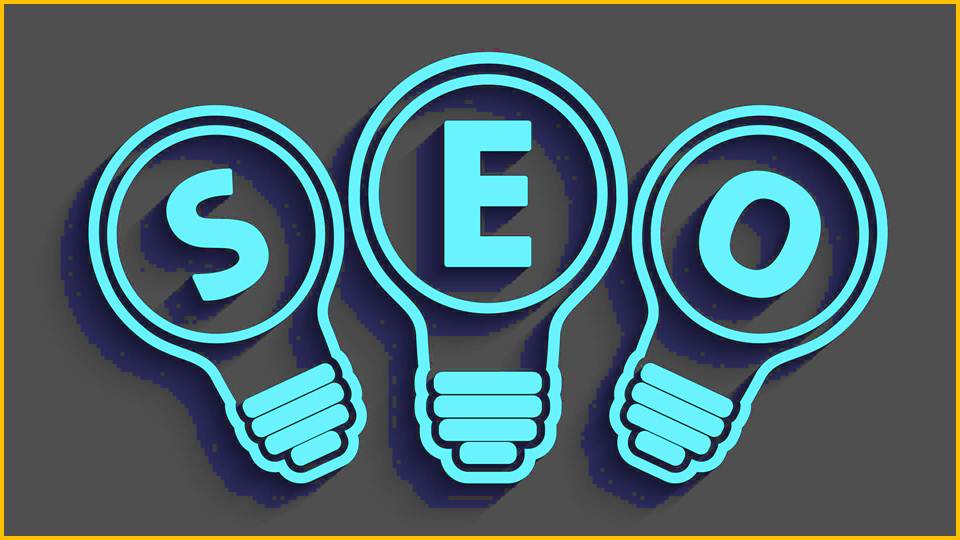The New Year often means new ideas, an analysis of existing strategy and goals, along with a look at the direction industries are taking to better anticipate how it can impact your business. Since most companies use a website for a certain level of customer interaction, if not the primary point of contact or point of sale, it is very valuable to keep up with trends and ideas within the web industry. As a top web development company, we wanted to help by providing what we envision as the Top UI and UX trends for 2020.
With two decades in web design and development, we’ve seen many trends come and go. That experience contributed to our forecasts to customers about which trends seem to have real value and value compared to those that will soon be forgotten.
Top UI and UX trends for 2020
Convenient Animation – When animation was first introduced on websites, it was a novelty; a real craze. While it was interesting and somewhat helped with its involvement when it was first introduced, it quickly got boring and became an attack on the web resources. However, with technological advancements in browser capabilities coupled with faster speeds, the door has opened for useful animation that can increase for UI and UX. Motion animation can help guide the user, draw attention to specific parts of a page, tell a story without words or just entertain and the uses are limited only by imagination and the time it takes to code.
Cartoon Images – The use of cartoonish graphics and animations stems from the concept of playful interaction. There is an inherent sense of humor or fun in cartoons that translate well for certain purposes. Younger generations have discovered classic staples and cartoon styles, such as Blondie, Li’l Abner or Felix the Cat, and are using retro graphics to create a fresh, hip look on websites.
Variable Fonts – Variable fonts are basically like a responsive website, adapting to the required size while being a separate font file. When using traditional fonts, which must be of different sizes, thicknesses or slopes, additional files are required. This represents a natural progression to a more convenient way to create just the measure you need, including weight and incline, with a quick tug on the slider rather than making them all by hand as needed.
Gradient Usage – The use of gradient colors has become a popular concept for use in images and backgrounds, often by applying duotone gradients over images to add a secondary color element. There are also multicolored gradients with vibrant shades ranging from purple, blue, red and oranges to brighter green and yellow. We expect to see even more use in both background elements and other design elements such as titles, navigation, icons or hover effects, and will be included in 3D to provide a textured layer.
Vibrant Colors – Colorful designs are making a kind of comeback. In this case, it is color with a purpose. Using vibrant, bold, high-saturation colors can elicit a very positive response that can greatly contribute to customer interaction.
Less than flat design – The concept of flat design has been used consistently in recent years because of how effective it works; combining minimalist ideas to create maximum usability. With advances in technology, including 3D and animation, we will now see the flat design shift to still maximize usability, while also using deeper images to create a sense of interaction with real objects. While not fully 3D, using multiple layers of flat design will create a deeper flat design that will give a three-dimensional feel. This is a similar idea to Google’s material design.
3D Graphics – This is a trend we expect to see later in the year. 3D graphics have become very common in the video game industry with incredible cut scenes and sequences that amaze and amaze. With faster speed and performance, using 3D images on websites is actually plausible. The mobile arena is the main reason why smart devices now have the processing power to display objects quickly. This is especially useful for demonstrating complex processes or actions in a visual way for users to digest and understand quickly.
Rounded Edges – The current range of smartphones all use rounded edged screens. This creates a problem from a design standpoint, as sharp-edged elements often are used. That means designs have to take into account the rounded edges of devices when it comes to layouts.
UX Copywriting – This is a concept that many large companies have used in recent years; employ actual writers to provide copies of key contact points for websites that offer the user a higher level of experience. Good copy writing is useful in areas other than marketing. By including it in the UX of the website it can make for smoother interaction by understanding customer insights and using them along with the brand voice to engage and be useful.
AR and VR – Both Augmented Reality and Virtual Reality will make progress this year. Google and Apple have launched their own AR development platforms, and VR has been too tapping the window in recent years. However, this seems to be a small trend this year as designers are more likely to determine the best way to create functional experiences than just ‘interesting’ experiences.
It comes down to
The bottom line is that we are not clairvoyant. While we can’t see the future, our years in the business have created innovative and award-winning websites, though helped us understand a lot about the industry. It is likely that most of these Top UI and UX trends for 2019 will extend to the next year and should be considered to increase engagement and conversions on your website.




